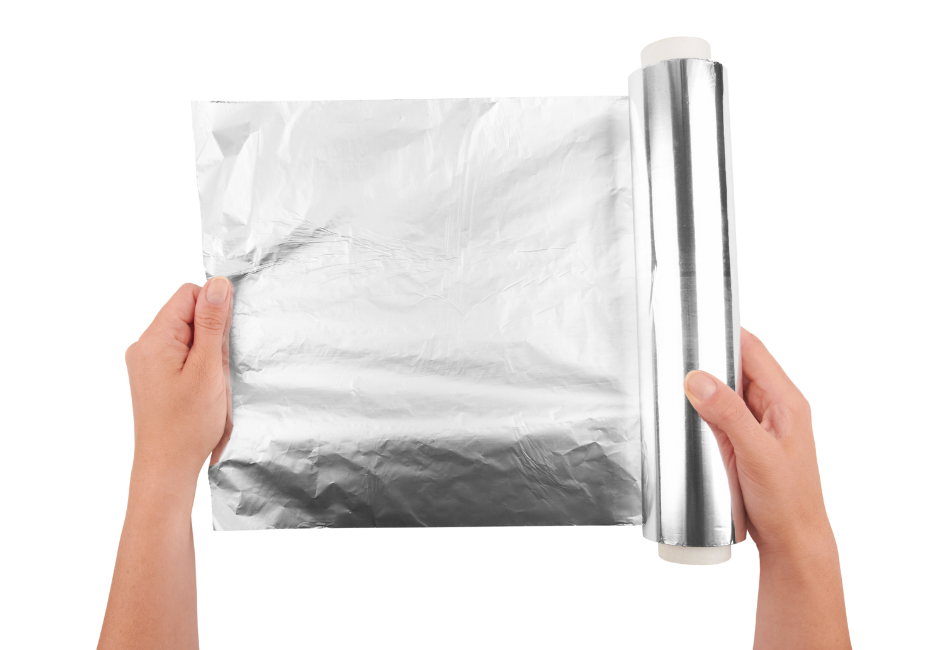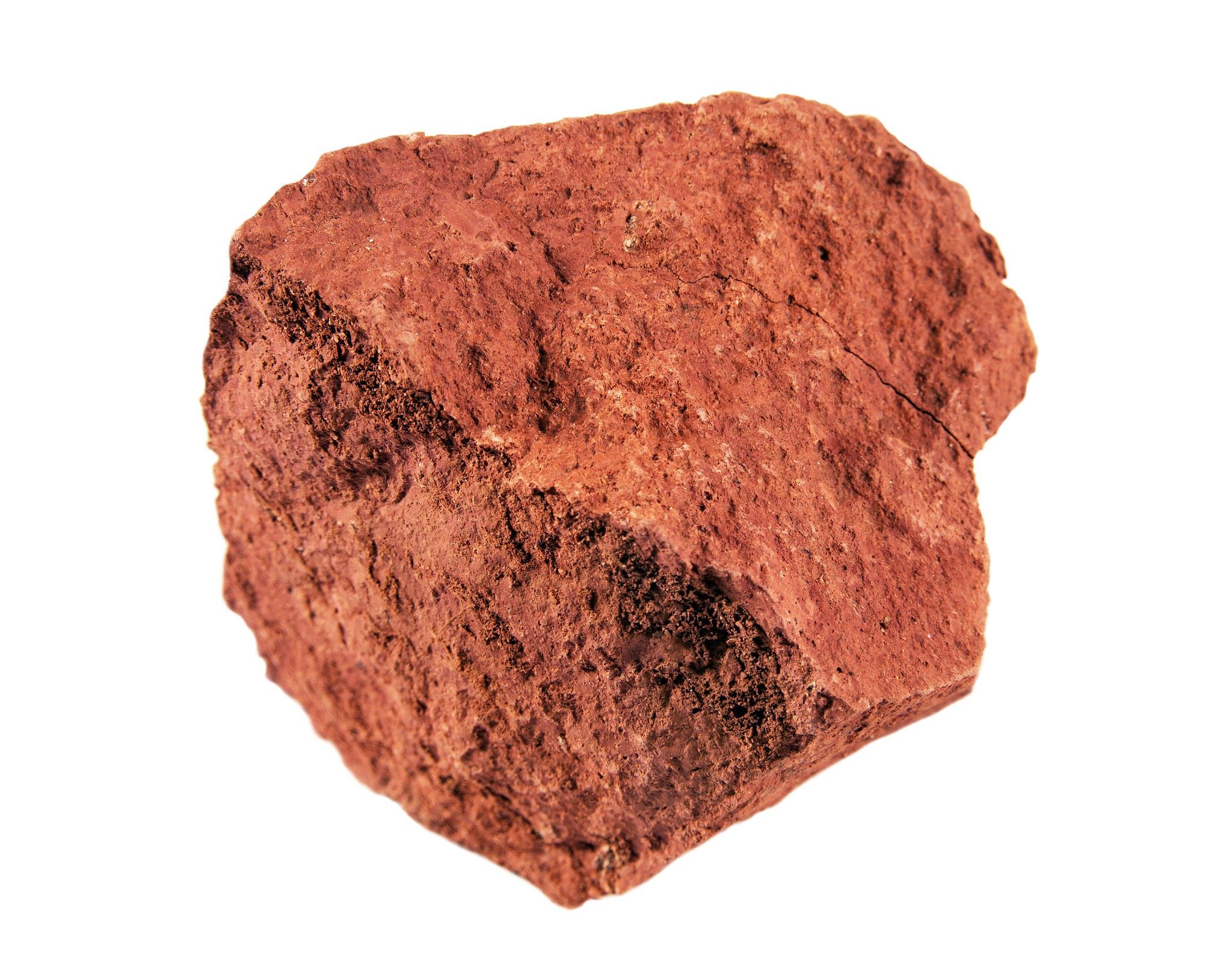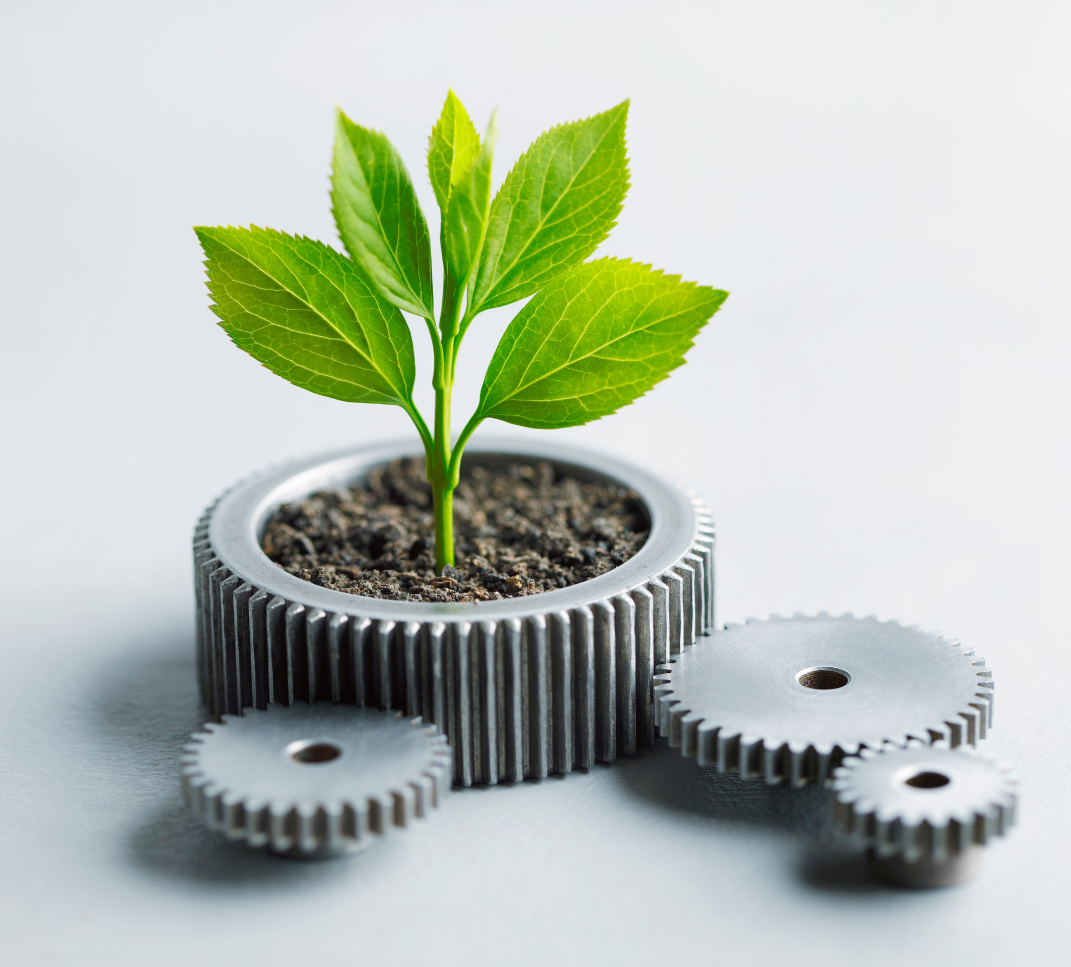Understand Scrap Metal Types: Aluminum

What’s the best way to handle leftover aluminum soda cans, broken patio furniture, or damaged car parts? Don’t toss them—bring them to C&D! But before you head over, let’s cover some essential tips about recycling aluminum.
At C&D, we make aluminum scrapping a snap. We’ll gladly take those unwanted items off your hands and put some extra cash in your pocket. Not only that, but recycling aluminum is a fantastic way to contribute to a healthier planet. Curious about how to assess your aluminum scrap, prepare it for recycling, and maximize your earnings? Keep reading!
Understanding Scrap Aluminum
So, what exactly is scrap aluminum? In simple terms, it refers to any aluminum material that is no longer needed, typically from consumer goods, construction, or automotive applications. The most common scrap aluminum is, of course, aluminum cans. Thanks to their high purity, they can be processed quickly and reused, making them very valuable.
But there are lots of other places to find aluminum too:
- Structural and Architectural Aluminum: This includes lightweight extrusions found in window and door frames, aluminum sheets from old appliances, and damaged siding—all valuable when recycled.
- Automotive and Equipment Aluminum: Think aluminum wheels, engine blocks, and HVAC components. These materials are recyclable and contribute to reducing waste.
- Household and Recreational Aluminum: Appliance parts, old sports gear, and outdoor furniture can all find new life through recycling.
- Miscellaneous Aluminum: Scrap from fences, ladders, pipes, and even electrical cables are often overlooked but can be recycled efficiently.
At C&D, we’re committed to helping you recycle your scrap aluminum responsibly. Whether you’re cleaning out your home, renovating a space, or managing a construction project, we’re here to partner with you in making recycling easy and effective. Together, we can turn your unwanted aluminum into a valuable resource, for you and for the environment.

Types of Aluminum for Recycling

Aluminum comes in various types, each with its unique qualities and recycling value. Let’s look at some common types you’re likely to encounter and why they matter in recycling:
- Aluminum Alloys: Includes wrought alloys (shaped through mechanical processes) and cast alloys (poured into molds for complex shapes).
- Aluminum Cans: Widely recycled beverage containers known for their high purity and value.
- Aluminum Extrusions: Lightweight, shaped pieces commonly used in construction, such as window and door frames.
- Aluminum Sheets: Flat panels utilized in appliances, buildings, and automotive components.
- Automotive Aluminum: Includes wheels, body panels, and engine components designed for strength and lightweight efficiency.
- Miscellaneous Aluminum: Comprises various household items like furniture, sporting equipment, pipes, ladders, and electrical cables, all of which can be recycled.
The Recycling Process of Scrap Aluminum
Recycling scrap aluminum combines hands-on effort with cutting-edge technology, ensuring top-notch recovery and sustainability at every step.
- You Bring It to C&D: Start the process by bringing your aluminum scrap to our facility. Our friendly team is ready to assist you!
- Initial Inspection and Sorting: We assess the quality and type of aluminum scrap.
- Cleaning and Preparation: Any non-metal attachments or contaminants are removed to enhance the value.
- Shredding and Separation: Larger pieces are shredded to facilitate the separation of different metals and materials.
- Metal Purification and Preparation: The aluminum is purified to meet industry standards before it’s sold to manufacturers.
- Repurposing into New Products: The recycled aluminum is transformed into new products, contributing to a sustainable future and reducing the need for raw materials.
Benefits of Recycling Aluminum with C&D
One of the biggest advantages of choosing C&D is how straightforward and hassle-free we make the entire process. From the moment you contact us, we handle everything:
- Simple Assessment and Quote: We provide a quick and accurate assessment of your aluminum scrap and offer a competitive quote.
- Flexible Scheduling: We work around your schedule to arrange for drop-off or pick-up of your materials.
- Quick & Easy Payout: Get paid fast and on the spot based on the weight of your scrap.
Environmental Advantages of Recycling Aluminum
Partnering with C&D for aluminum recycling not only is good for your wallet but also makes a positive impact on our planet.
- Resource Conservation: Recycling aluminum conserves valuable natural resources, minimizing the demand for new mining and extraction processes. Since aluminum is abundant but energy-intensive to produce, recycling helps preserve energy.
- Energy Efficiency: Processing recycled aluminum consumes substantially less energy compared to extracting and refining virgin materials. This energy efficiency helps lower greenhouse gas emissions, making it a more sustainable option.
- Reduced Pollution: Properly recycling aluminum helps prevent harmful substances from entering the environment. By recycling, you reduce the demand for raw materials and contribute to cleaner air and water.
By recycling aluminum, you're contributing to a more sustainable future while also reaping financial rewards!
Before You Bring Us Your Aluminum Scrap
A little preparation can significantly enhance your recycling experience. While we’re happy to accept your aluminum as-is, taking a moment to get it ready can streamline the process and potentially increase your payout. Here are a few simple steps to help your aluminum shine:
- Sort Your Aluminum Types: If you have different types of aluminum—like cans, extrusions, or automotive parts—separating them before drop-off can speed up the recycling process and may help you secure a better price.
- Quick Clean-Up: If time permits, give your aluminum a quick clean. Removing any dirt or grease can enhance the value and make it easier for us to process.
- Eliminate Non-Metal Components: Check for any plastic, rubber, or other non-metal attachments. If possible, remove these extras. This not only helps us process your scrap more efficiently but could also mean more cash in your pocket.
How Scrap Metal Prices Are Set
Ever wondered why scrap metal prices fluctuate? Here’s a quick breakdown of what determines the aluminum scrap price:
- Type and Quality: The cleaner and purer your metal, the more it’s worth. Think of it as the VIP treatment—quality matters!
- Market Demand: Scrap prices move with the market. If demand for aluminum is high, scrap aluminum prices could skyrocket.
- Quantity: The more metal you bring in, the better your rate. Bigger hauls often mean better deals.
- Processing Costs: Sorting, cleaning, and transporting scrap take time and resources. While you get paid, these factors also play into the final price.
By following these tips and knowing how pricing works, you’ll be ready to get the most out of your aluminum metal recycling!
FAQs
You can recycle various types of aluminum, including cans, extrusions, and automotive parts. The cleaner and purer the aluminum, the more valuable it is!
To maximize your payout, sort your aluminum types, clean off any dirt or contaminants, and remove non-metal components. This makes processing easier and can increase the value of your scrap.
Recycling aluminum conserves natural resources, reduces energy consumption, and minimizes pollution. By recycling, you help decrease the demand for new aluminum mining and contribute to a more sustainable future.
The value of your scrap aluminum is determined by factors like type and quality, market demand, quantity, and processing costs. Cleaner, purer aluminum generally fetches a higher price.
When you bring your aluminum to C&D, our friendly team will conduct an initial inspection and sorting. We'll provide you with a quick assessment and competitive quote based on the quality and weight of your scrap.
Absolutely! At C&D, we ensure a quick and easy payout. Once we weigh and assess your aluminum, you can get paid on the spot based on the weight and type of material you brought in.
After processing, your recycled aluminum is purified and repurposed into new products. This helps reduce the need for raw materials and supports a circular economy, benefitting the environment and your community.

